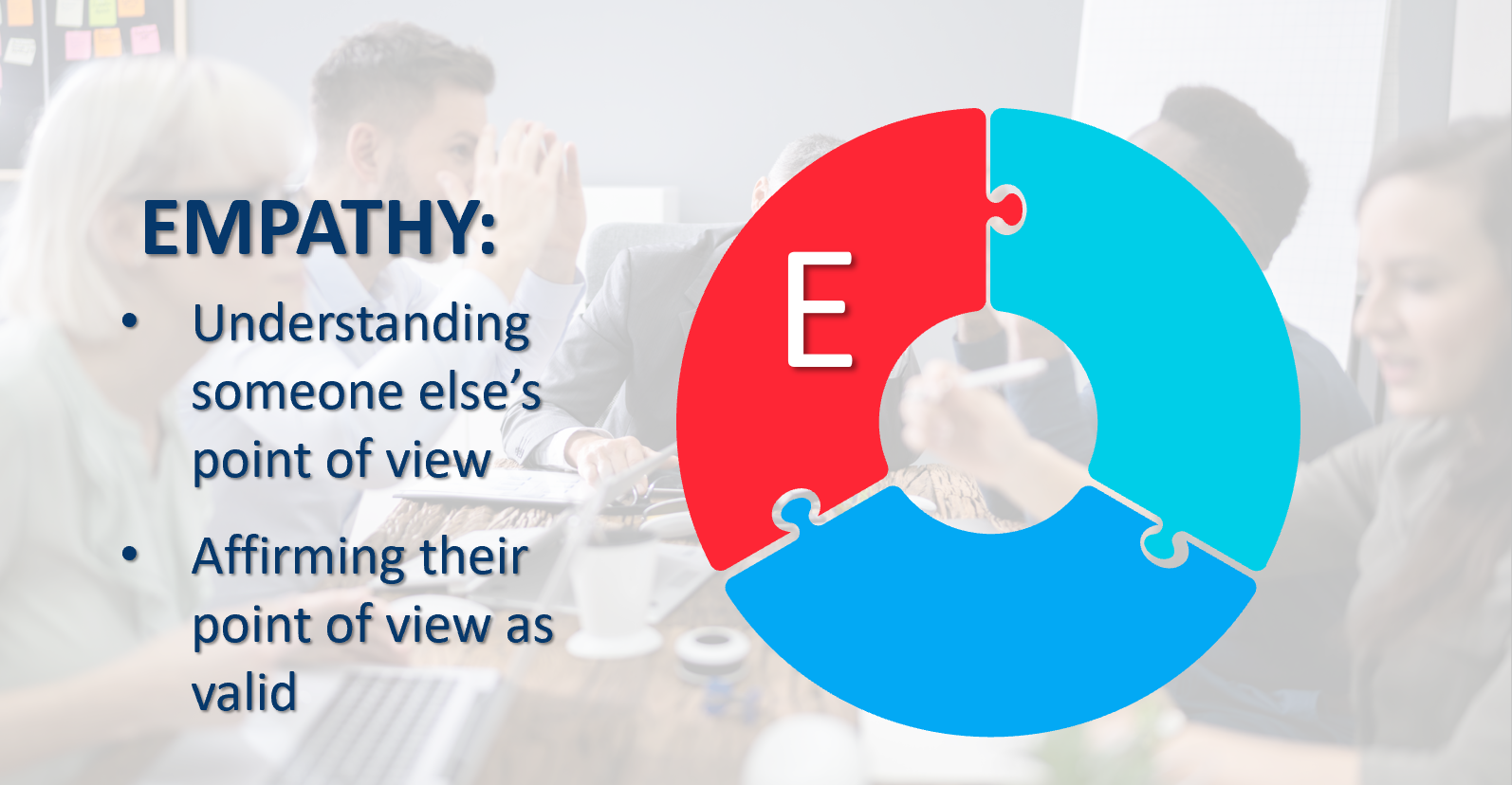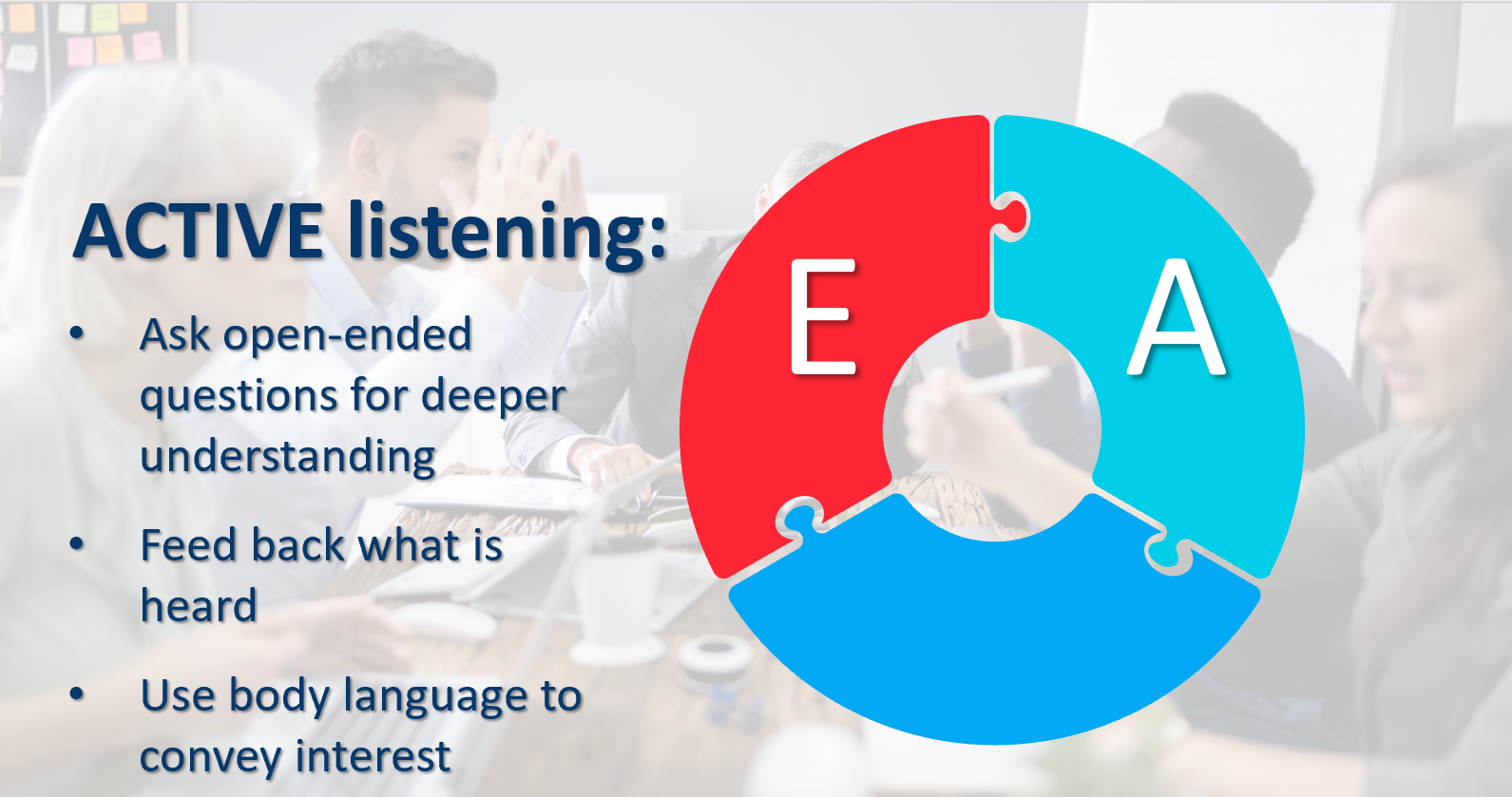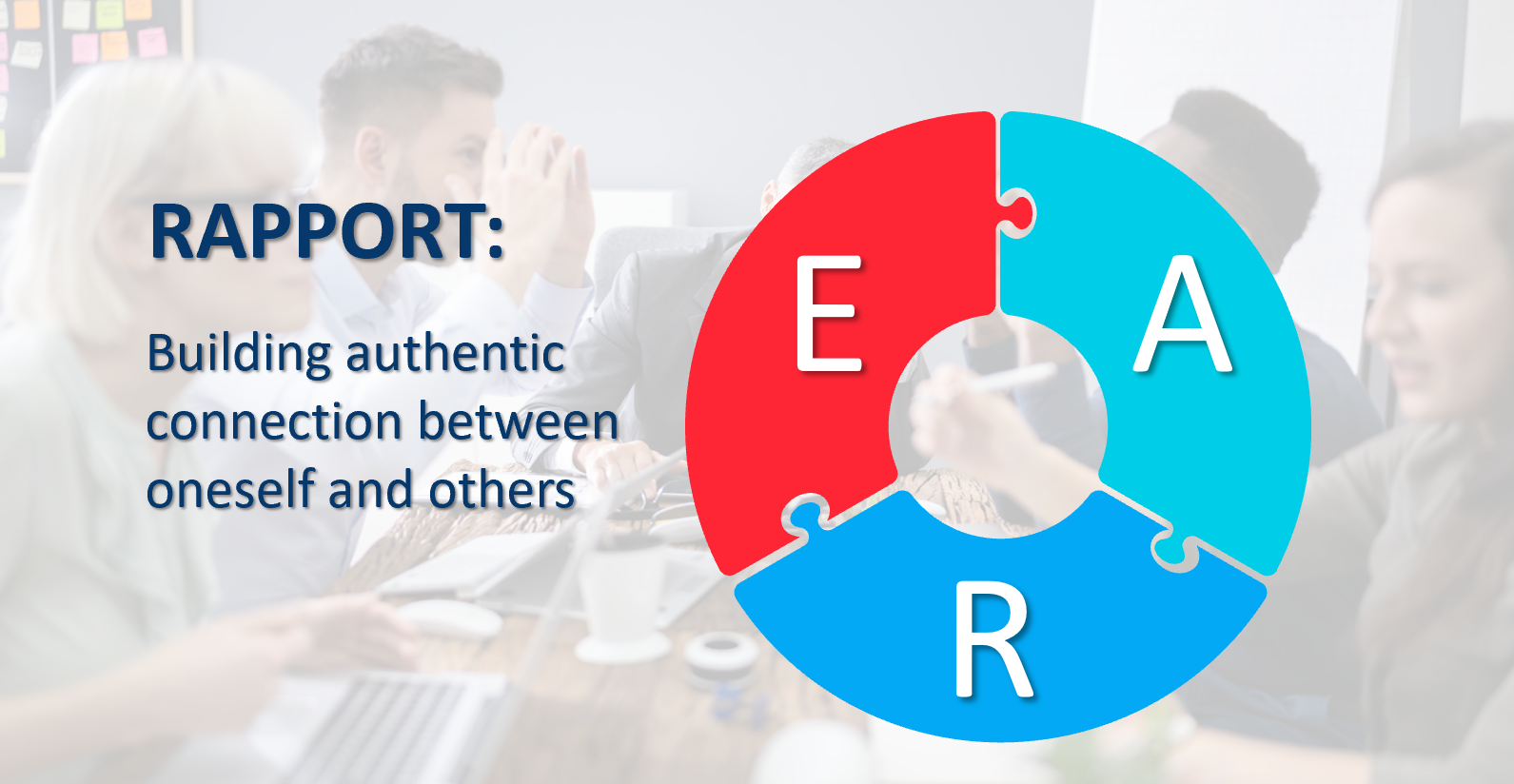
Photograph by Andrei Popov from GettyImages
- Here’s the bottom line for this series on conflict resolution. The only tool that really diffuses conflict, especially during crisis, is communication. That’s why it is of the uttermost importance that we practice the fine art of talking and listening.
- How does the other person think about this conflict? Who would they say started it, and what past events or resentments might be feeding their current feelings?
- If they could describe their ideal outcome of the conflict, what would it be? Is this outcome, or part of it, within my power to give?
- How willing am I to give them their desired outcome?
- What other things do they care about, and that are within my control, that would help resolve things?
- What becomes possible for him or her when the conflict is resolved?
- What approaches might work best to reach them either intellectually or emotionally (e.g. facts or data that matter to them, an apology for past wrongs, sharing common values or common ground, etc.)?
Both are seemingly simple processes — after all, we’ve all been doing both since toddlerhood. But they are not necessarily easy during a crisis.
Listen first.
First, let’s get the order right. In his classic book, Seven Habits of Highly Effective People, Steven Covey says that we need to: “Seek first to understand; then to be understood.”
So, we listen first and talk second. (We will focus on listening in this article and talking in the next.)
Before we open our own mouths, there are three things we should seek to understand:
1. We should try to understand the other person’s position.
This should be obvious, but it’s not. Like the proverbial redheaded stepchild, this step is often kicked to the corner of our minds. In our zeal to make sure others understand us, we often fail to understand them.
But this should not be. We need to ask ourselves questions like:
2. We should try to understand the other person’s world.
By this, I mean we need to understand their point of view and how they process information. This will make it easier for us to relate to them, empathize with them, and come up with a mutually beneficial solution.
We can ask questions like:
- What kinds of information does this person use to make their decisions? Do they rely on facts and data, or certain political or social views?
- How does this person communicate? Do they need to process things in prolonged conversation, or are they “bottom-liners?”
- Is this person analytical, or does he/she rely more on gut instinct and emotion?
- What are surefire ways to make him/her feel validated and valuable?
- What are surefire ways to upset him/her and make them feel invalidated?
- What else is important to know about this person’s worldview that will help resolve the conflict?
3. Finally, we should try to understand what we want.
- If I were to describe my ideal outcome, what would it be?
- What do I think is under the other person’s control to give me this outcome?
- What do I need from him or her to help mend fences?
- What requests can I make of him/her that will get me what I want while protecting his/her needs and desires?
- What am I willing to give up to resolve this? Can I live without looking 100% right or perfect?
- Where is there common ground between my needs and the other’s? Where can I move things forward using that common ground?
- Where can I be flexible, and where can’t I be?
Diffusing Conflict During Crisis: How to Listen with your EARs.
Relationship and communication experts have developed the EAR model of listening.

Illustration by Pamela Coburn-Litvak. Photograph by AdobeStock.
E stands for Empathy.
This means you try to understand the other’s point of view and enter their feelings as far as possible. It also means that you treat their point of view with respect, considering it – even if you disagree with it – as valid as your own point of view.

Illustration by Pamela Coburn-Litvak. Photograph by AdobeStock.
A stands for Active Listening.
Imagine you are trying to talk to someone who is slumped back in his/her chair, eyes focused elsewhere, arms folded, and mumbling, “Mmm-phm,” whenever you say something. Are you feeling heard or understood by that person? Probably not, right? These are all examples of stone-walling or passive listening, whereas active listening conveys, through words and body language, that you are laser-focused and interested in the conversation.
In the most basic terms, active listening involves facing the speaker, sitting up or leaning slightly toward him or her, and maintaining eye contact as much as possible. Put your phone away and ask your assistant to hold your calls – minimizing external distractions will automatically send the message, “You are the most important thing to me right now.”
Here are some other active-listening techniques:
1.
Open-ended questions. These are in-depth questions that require more than a “yes” or “no” answer. They usually start with “who,” “what,” “when,” “where,” and “how” – but not usually “why.” “Why?” can sometimes seem judgmental or accusatory, like “Why would you do that?” One way to rephrase this type of question is, “Tell me more about your thought process here. What were your reasons for doing that?” Open-ended questions convey your interest in the speaker and deepen your understanding.
2.
Minimal encouragers. These are simple phrases like “Oh, I see,” “Yes,” and “Okay.” They let the other person know you are tracking with them and encourage them to open up more.
3.
Emotional labelling. You try to identify and express the emotions you hear from the other person, for example: “Sounds like you felt pretty frustrated about that.” You are recognizing the feelings without judging them.
4.
“I” statements. You express your own emotional reaction to what they are saying, like, “I feel frustrated about happened to you, too.” This is a powerful way to empathize with how the other person is feeling.
5.
Mirroring. You simply feed back the last thought, feeling, or word you heard the other person say. They say, “The way they push me around in that office really makes me mad,” and you reflect back, “You feel mad, huh?”
6.
Paraphrasing is a more sophisticated form of mirroring, where you take a step back and rephrase what they’re saying in your own words. This shows you are really working to understand them. The speaker may say, “I try to treat everyone the same way in the office.” You say, “Sounds like you’re trying to be an unbiased, fair boss.”
7.
Summarizing. You compile all the information shared so far and feed it back in a summary statement. It usually starts with something like, “I’d like to make sure I understand what you’ve said so far…”
If you use many or all of these techniques, you will achieve the last part of the EAR model:

Illustration by Pamela Coburn-Litvak. Photograph by AdobeStock.
R stands for Rapport.
This is means you feel you have authentically connected with someone else, understanding their feelings and why they feel that way. You may not necessarily agree with their conclusions, but you still try to understand and empathize with them.
Do you want to resolve your conflict?
The EAR model of active listening will get you a long way to reaching your goal.
The FBI’s Crisis Negotiation Unit specializes in diffusing conflict in crisis, like hostage situations. They created what they call the “Behavioral Change Stairway Model (BCSM),” which describes the communication process between negotiator and subject to diffuse tension and end in a peaceful resolution. Notice that our EAR model makes up the first three, crucial steps:

Illustration by Pamela Coburn-Litvak. Photograph by AdobeStock.

